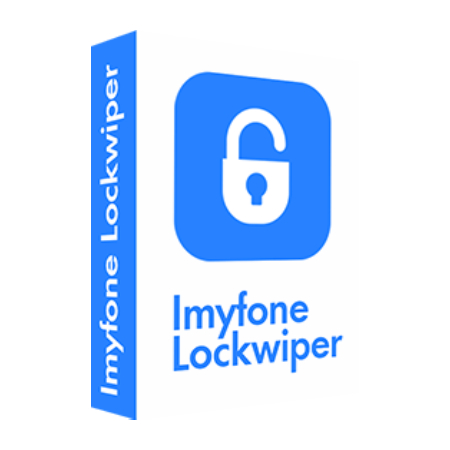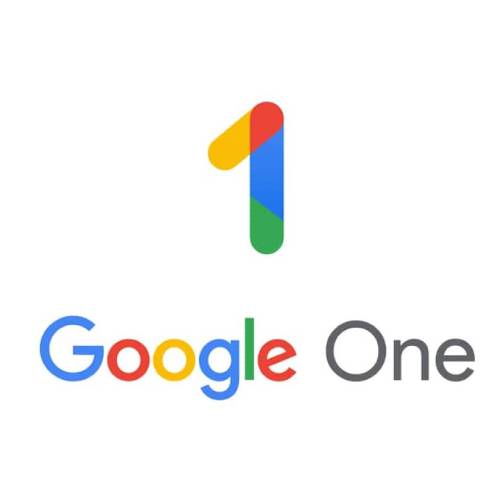Content
Due diligence should therefore ido vs ico be performed before investing on these crowdfunding platforms. Because an IEO is more centralized, you can only get the token through one exchange. You must register for an account on the exchange platform in order to take part in the IEO. For investors who like the complete decentralized feature of the cryptocurrency market, this may not be optimal. The Raven Protocol is a decentralized neural network project that is focused on transforming the AI industry.
What Are The Challenges To IDOs?
It involves creating and selling digital tokens to investors in exchange for established cryptocurrencies https://www.xcritical.com/ like Bitcoin or Ethereum, or sometimes fiat currency. ICOs typically occur in the early stages of a project’s development and aim to fund further development, marketing, and operational costs. ICO, short for Initial Coin Offering, is a fundraising method where a project or company issues its own cryptocurrency or token to investors in exchange for funds. The tokens are usually created on an existing blockchain platform, such as Ethereum, and can represent various utilities within the project’s ecosystem.
- The next section examines the most significant advantages and disadvantages of both ICO and IDO models.
- It involves creating and selling digital tokens to investors in exchange for established cryptocurrencies like Bitcoin or Ethereum, or sometimes fiat currency.
- In 2020, a DeFi platform Uniswap IDO was driven by bots that outbid every other bidder and hiked up prices before dumping.
- However, most people would tell you that it was nothing but a well-decorated Ponzi scheme.
- For investors who like the complete decentralized feature of the cryptocurrency market, this may not be optimal.
- ICOs and IDOs are not the only offerings available within the crypto space.
Regulatory Considerations For Coin Offerings
Ultimately, the choice in favor of one or another approach will depend on the specifics of your project and your financial capabilities. To overcome these obstacles successfully, you can resort to services of our IEO marketing agency. During this year, more than 4,000 ICOs were organized, and over $22 billion was raised!
Carbon credits purchases and trades
If an ICO is buying from an artist, and an exchange is buying from an auction house, a decentralized exchange is buying from a flea market. It’s easy, fast, and fun, but it puts a lot of the responsibility and pressure back on the buyers—just like with ICOs. In fact, decentralized exchanges are older than the more popular centralized exchanges of today. ICO is a centralized fundraising model, ITO is similar but may comply with regulations, while IDO is a decentralized offering conducted on a decentralized exchange (DEX). Similar to an ICO, an Initial Token Offering (ITO) is a fundraising mechanism used by projects to raise capital. However, the key difference lies in the nature of the tokens being offered.
Dash 2 Trade is expected to launch its IEO in October 2022, albeit, we are still waiting for a confirmed listing date. We do know that there will be just 1 billion D2T tokens in supply and that the project is built on top of the Ethereum blockchain. As per the whitepaper, Dash 2 Trade could be one of the best future cryptocurrency projects as we move toward 2023. In today’s digital landscape, various innovative fundraising methods have emerged in the world of cryptocurrencies. Initial Coin Offerings (ICOs) and Initial Dex Offerings (IDOs) are two such methods that have gained significant attention.
Later, the company’s tokens can be traded on a centralized exchange (CEX) or a decentralized exchange (DEX). Ethereum is now the second-largest cryptocurrency in the world by market capitalization and is arguably one of the most successful cryptocurrency projects ever launched. Its native coin, ETH, was offered in 2014 via an ICO where individuals could buy the coin using BTC. A proportion of all native coins or tokens are then set aside for the IDO launch and the project is marketed by both parties.
In this context, IDOs are becoming the new favorite in the crypto market and they have quite a few advantages when compared to ICOs and IEOs. There are still other ways for cryptocurrencies to get into people’s hands. But, most of it has to do with different kinds of cryptocurrencies—because they’re not all made equal. Given the growth of DeFi and DEXs in recent years, it is safe to say that IDOs have a bright future, and DeFi projects are better placed to benefit from IDOs than ICOs or IEOs.
As you can see, the models for funding young crypto projects are improving every year. However, this does not mean that you should blindly rely on the good faith of issuers and the security of the trading platforms. Therefore, before investing in any project, study its white paper, look for information about its team members, and read its community reviews.
In contrast, ICOs are centralized, which can lead to issues related to trust and transparency. A compelling whitepaper is essential for an ICO, outlining the project’s goals, technology, and roadmap. This document serves as a vital resource for potential investors to assess the project’s viability and potential. One of the most attractive features of IDOs is the immediate availability of tokens for trading. As soon as the IDO is completed, investors can buy, sell, or trade their tokens on the DEX, providing liquidity right from the start.
Although it has taken ICO several years to gain popularity, this method quickly lost its appeal to the public. The ICO model has drastically declined since its incubation in 2017, as most ICOs belonged to scammers and fraudulent projects. Regulatory scrutiny has increased for ICOs due to past scams and fraudulent activities.
Two prominent approaches are Initial DEX Offerings (IDOs) and Initial Coin Offerings (ICOs). While both methods serve the purpose of raising funds for projects, they operate under different mechanisms and frameworks. This blog will explore IDO development in detail, followed by an analysis of ICO development, highlighting their key differences to help you choose the best option for your project.
It’s an official document that states their vision, their mission, the technical part of their project, and the reasoning why it’s going to be something that’s better not to miss out on. This article aims to offer general information for educational purposes and is not intended to provide personalized advice on investment, legal, or other business matters. This is a high-risk investment, you shouldn’t expect to be protected if something goes wrong.
Startups in the blockchain and cryptocurrency space can sell their tokens for fiat money or other cryptocurrencies. An IDO is a fundraising method where new tokens are sold directly on a decentralized exchange (DEX). It’s like an online marketplace where people can buy and sell tokens. On the other hand, Initial game offerings (IGOs) are a crowdfunding method that is specifically used by blockchain-based gaming projects. Instead of investing and receiving a native crypto coin or token, IGOs offer individuals the chance to invest in fiat currency or crypto for early access to in-game accessories and assets. Ownership of in-game assets is transferred using non-fungible tokens (NFTs).
Participants can acquire these tokens by using established cryptocurrencies or stablecoins. One of the unique features of IDOs is the concept of liquidity pools. These pools allow participants to provide liquidity to the project in exchange for tokens.
However, the possibility of huge returns has led some investors to invest in underperforming or abandoned ventures. So, before making an ICO investment, spend the time to thoroughly research a project to determine its viability. The fact that ICOs make it so simple for businesses to raise money is one of its main advantages. Tokens are created in accordance with the terms of the ICO, and these managers then distribute them to individual investors. Unlike IDOs, tokens from an ICO are usually not available for immediate trading.
This is in addition to trading competitions and access to high-level charts and market data. The majority of these projects require finance, and ICOs, IEOs, and IDOs offer the ideal chance to generate the money required for success. There are a few ways people raise money in the crypto world, but today we’ll focus on these two. Let’s break down the key stuff so you can figure out which one might be better for you. IDOs often prioritize community involvement by offering bonuses or incentives to early supporters. This fosters a sense of ownership among investors and builds loyalty towards the project.
For example, a gaming platform might offer tokens that can be used to purchase in-game items or unlock special features. It has not yet experienced the same level of growth that ICOs and IEOs have in recent years. Due to the fact that less funds are typically raised through the procedure, this could be a disadvantage for initiatives looking to raise money through IDOs. A cryptocurrency listed through an IEO will have more liquidity on the exchange where it has been listed, which is the other advantage.















